The Major Project Award for Sustainability recognises a team that has played a critical role in an engineering project that has had a major impact on society and sustainability.
2025 winner
Scottish Water: Winchburgh Waste Water Treatment Works
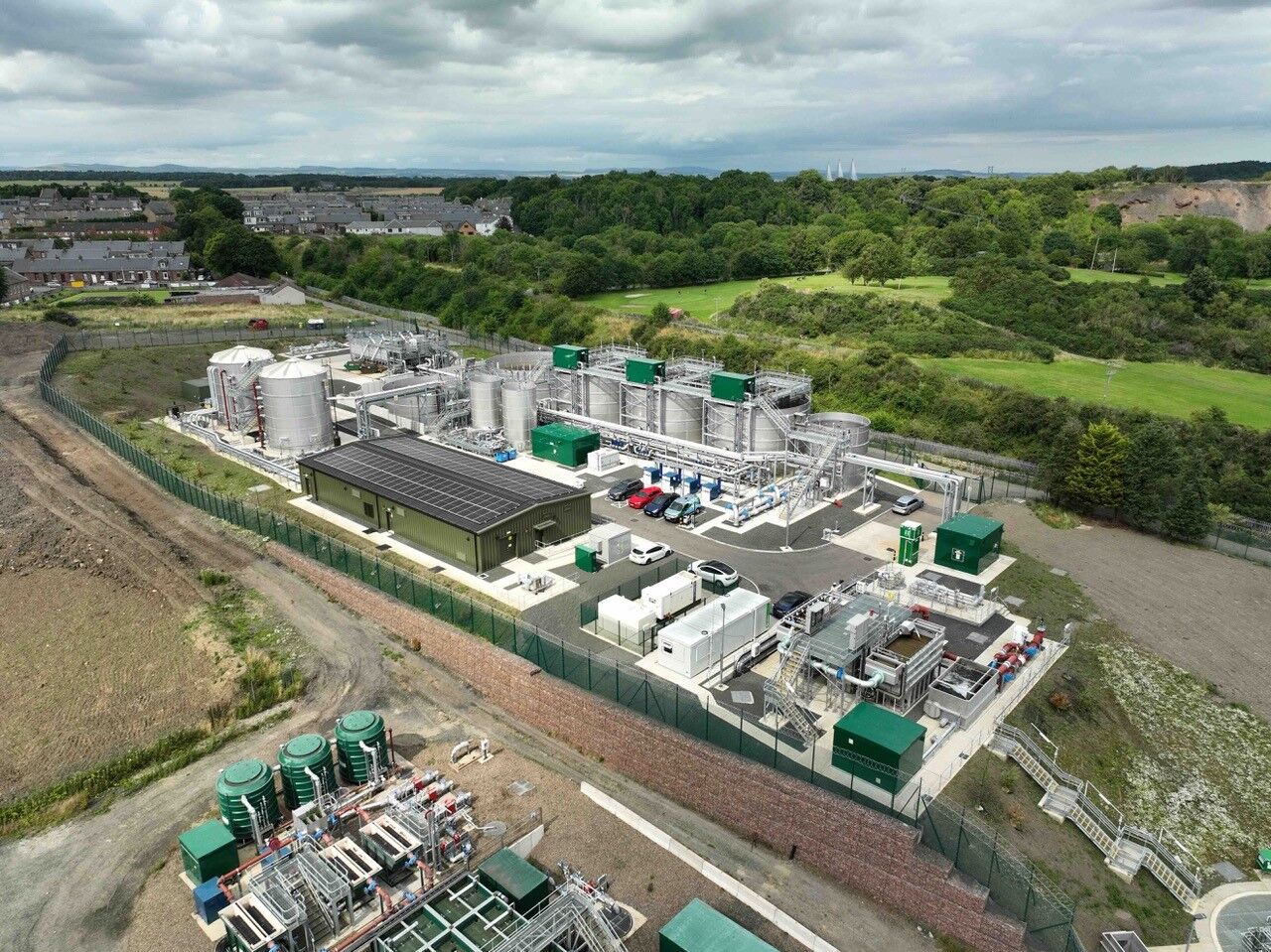
Winchburgh Waste Water Treatment Works was delivered by Scottish Water’s delivery partners, contractor ESD, and replaces an ageing plant that reached to the end of its operational life. The £35 million state-of-the-art treatment plant will support an expected four-fold increase in the town’s population over the coming years.
The new site uses Nereda technology, developed by Haskoning and licensed by equipment supplier EPS, which uses microorganisms that occur naturally in sewage and waste water to break down organic pollutants, to allow all stages of treatment to take place in a single tank. This means more waste water can be treated faster and with less chemicals, in a smaller site area and with a much-reduced carbon footprint – the process reduces energy usage by up to 50% compared with alternatives.
Twelve miles west of Edinburgh, Winchburgh has grown from around 2000 people in 2001 to an expected population of almost 15,500 people by 2035. This rapid growth meant that the town’s old water treatment works would be too small to deal with the sewage produced by the new homes. Scottish Water developed a plan that would meet the rising demand for waste water treatment while reducing carbon emissions as part of its commitment to investing in low carbon innovation to improve its services, support housing and economic growth, and protect Scotland’s environment.
The team receiving this award is:
- Andrew Dyne, Water and Maritime Contracts Manager of Winchburgh project, Haskoning
- Alan Ford, UK Technical Manager, EPS
- Stephen Fraser, Operations manager, ESD
- Colin Maybury, Project Manager, Scottish Water
- Jonny Tyler, Senior Commissioning Engineer, Scottish Water
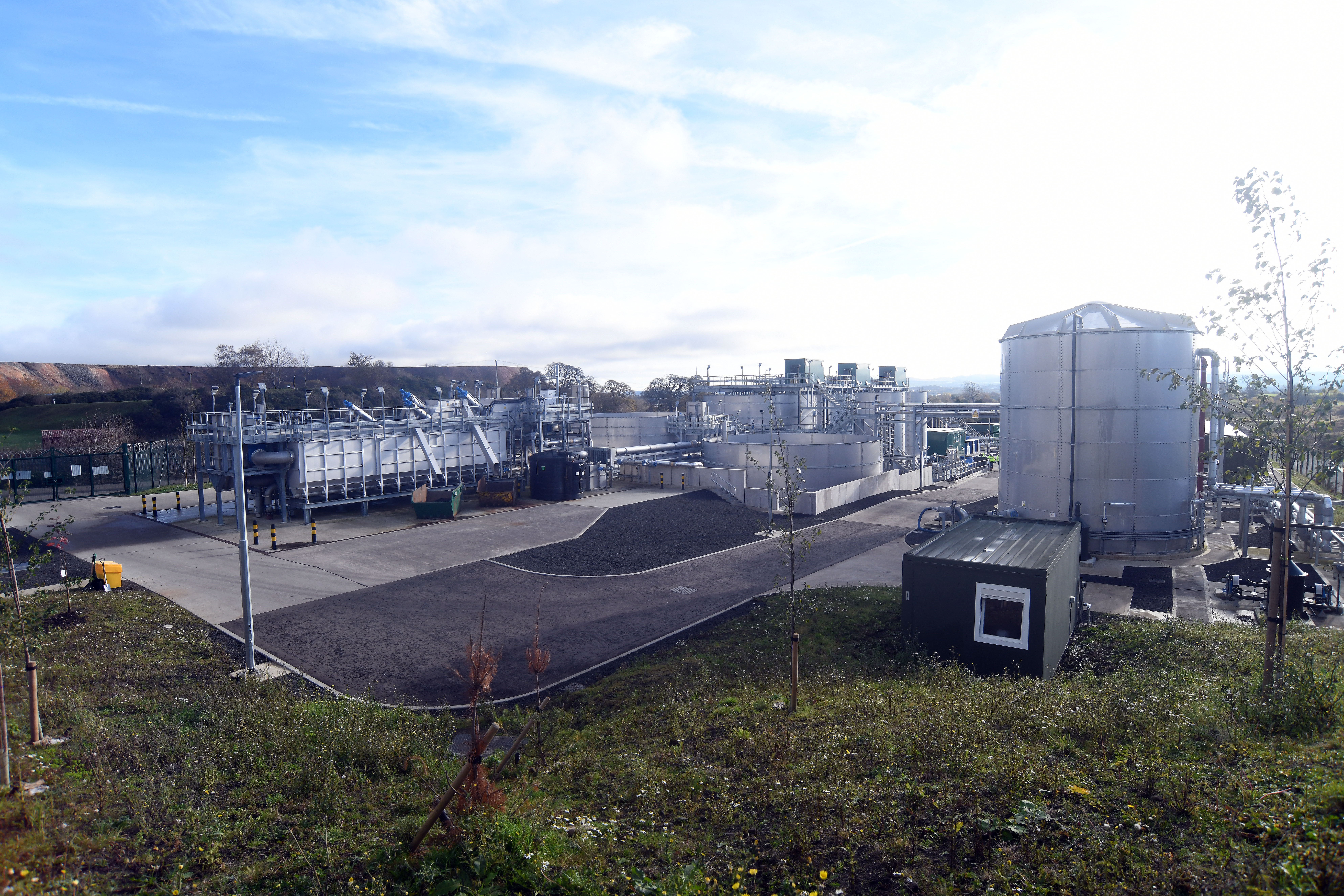
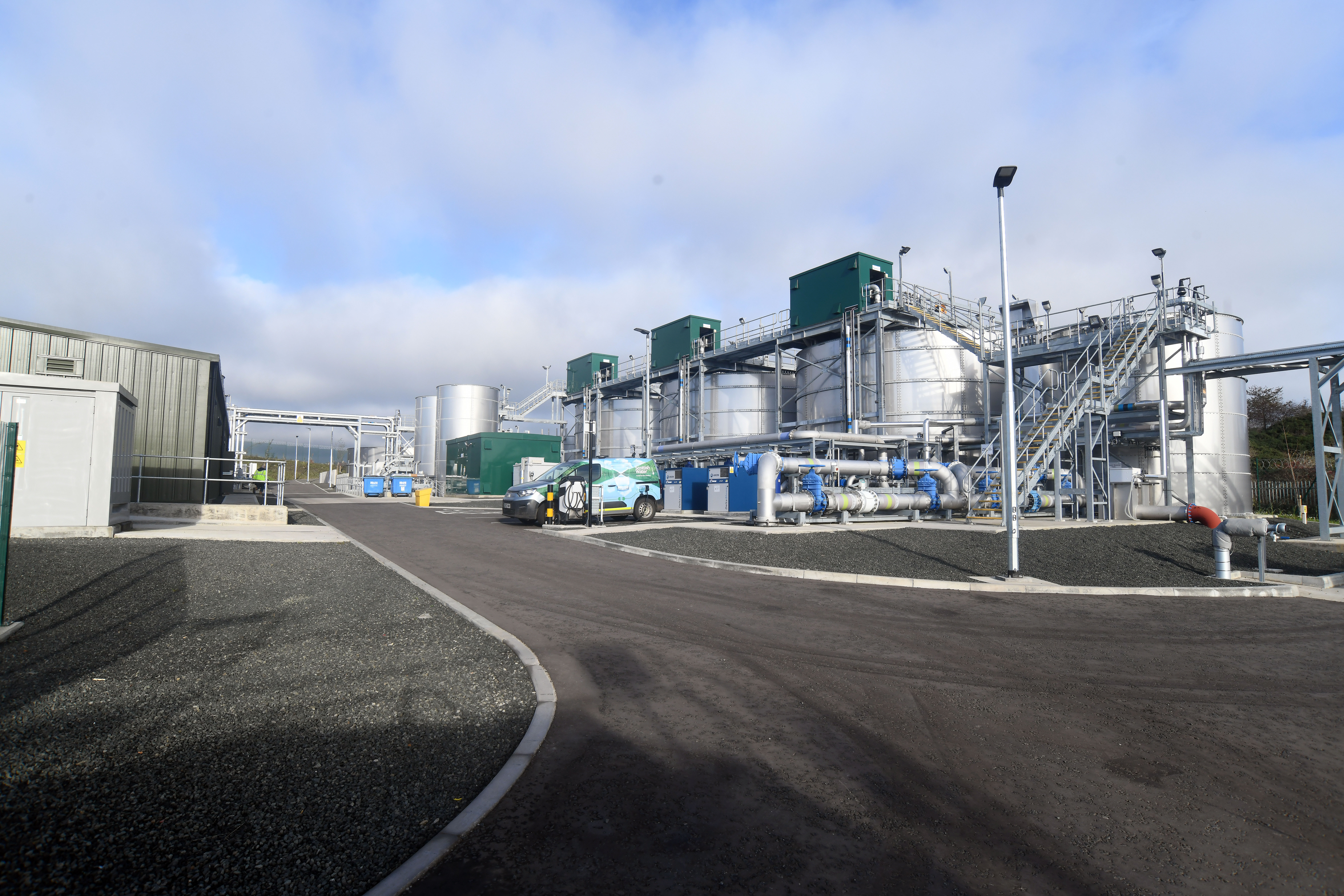
Recent winners
2024 winner: National Grid: Viking Link
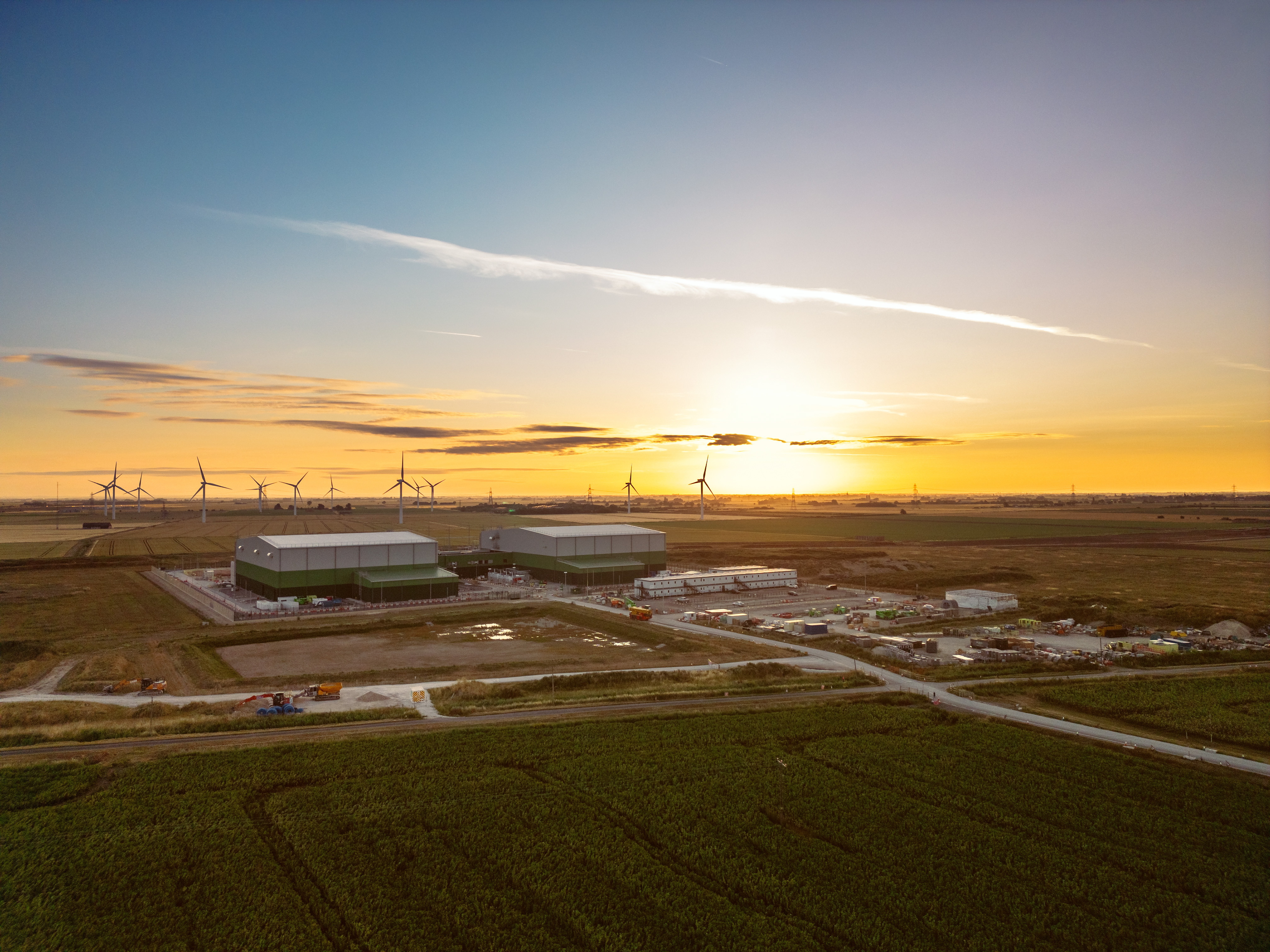
Viking Link UK convertor station. Image credit: National Grid
Viking Link, a joint venture between the National Grid and Energinet, has won the Royal Academy of Engineering Major Project Award for Sustainability 2024 for an electricity interconnector that enables the UK and Denmark to share renewable energy for the first time. At 475 miles (765 km), Viking Link is the longest land and subsea interconnector in the world and this record-breaking link will play a vital role in helping both countries to decarbonise and meet ambitious net zero targets.
Denmark’s power generation is primarily from wind power, which complements the UK’s own renewable energy mix. When the UK’s demand is low, Viking Link distributes the power across Denmark, and when there is a surplus of Danish wind power and high UK demand, renewable power can be quickly and flexibly imported to the UK via the high voltage direct current interconnector. This ensures secure, affordable and sustainable electricity for both countries.
Viking Link is expected to save approximately 600,000 tonnes of carbon emissions in its first year, the equivalent of taking 280,000 cars off the road. It can transfer enough electricity to power up to 2.5 million UK homes, saving over £500 million in cumulative savings and £5.2 billion in broader benefits for UK consumers over the next decade.
2023 winner: Buro Happold, Battersea Power Station
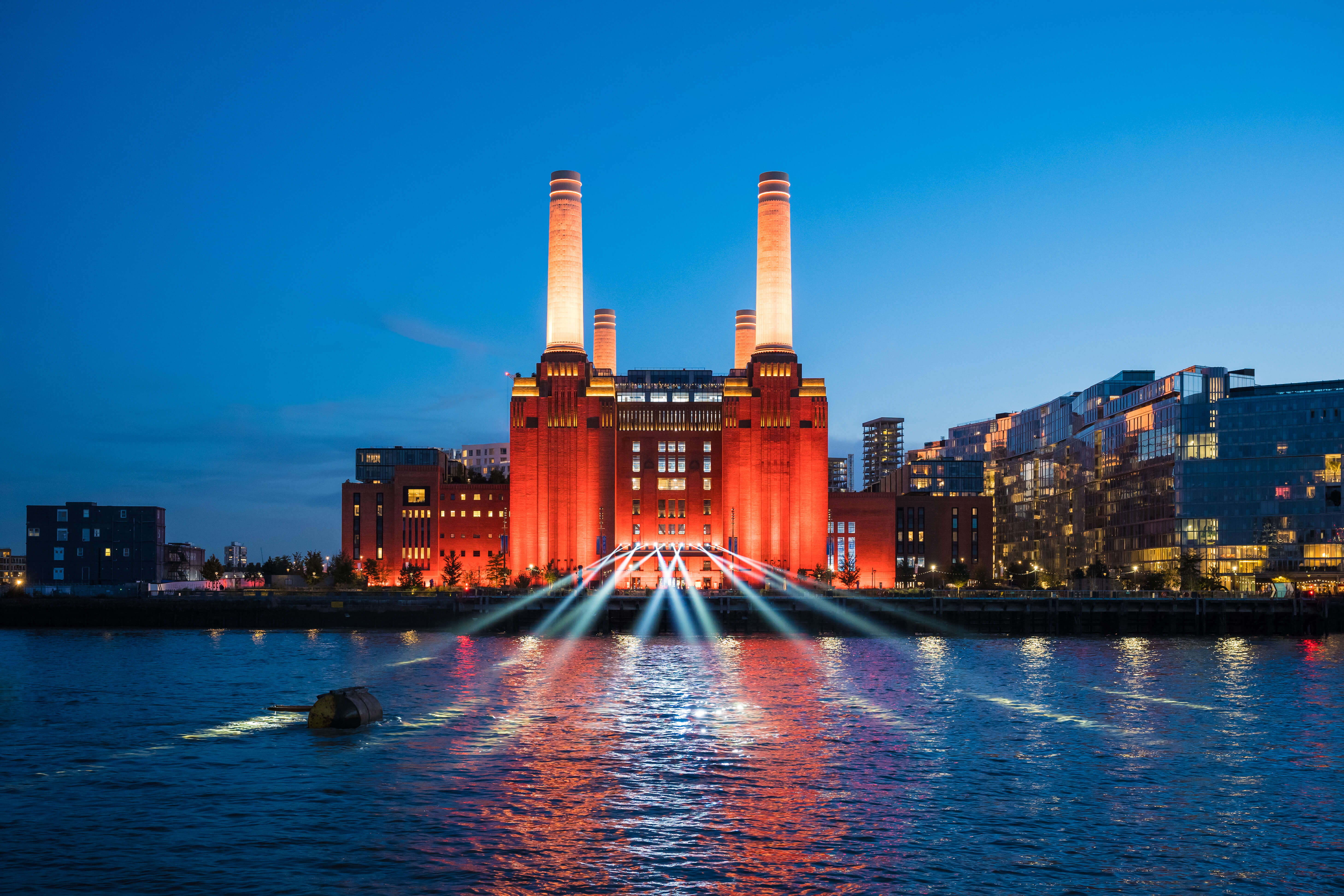
'The opening of Battersea Power Station and Electric Boulevard'. Image credit: Charlie Round Turner
Buro Happold, the global practice of engineers, designers and advisers has won the 2023 award for providing multi-disciplinary engineering solutions for the restoration of the Grade II* listed Battersea Power Station, which opened its doors to the public for the first time in October 2022 and is the centrepiece of a new riverside neighbourhood and business quarter for London, serviced by a Zone 1 extension to the London Underground Northern Line.
Sustainability was at the forefront of the major engineering-led project to bring new life to the iconic industrial building built between 1929 and 1955. Buro Happold’s involvement in Battersea Power Station’s regeneration began in 1999. The team worked collaboratively with client Battersea Power Station Development Company (BPSDC) and architect Wilkinson Eyre between 2012 and 2023.
2022: North Sea Link Interconnector Project
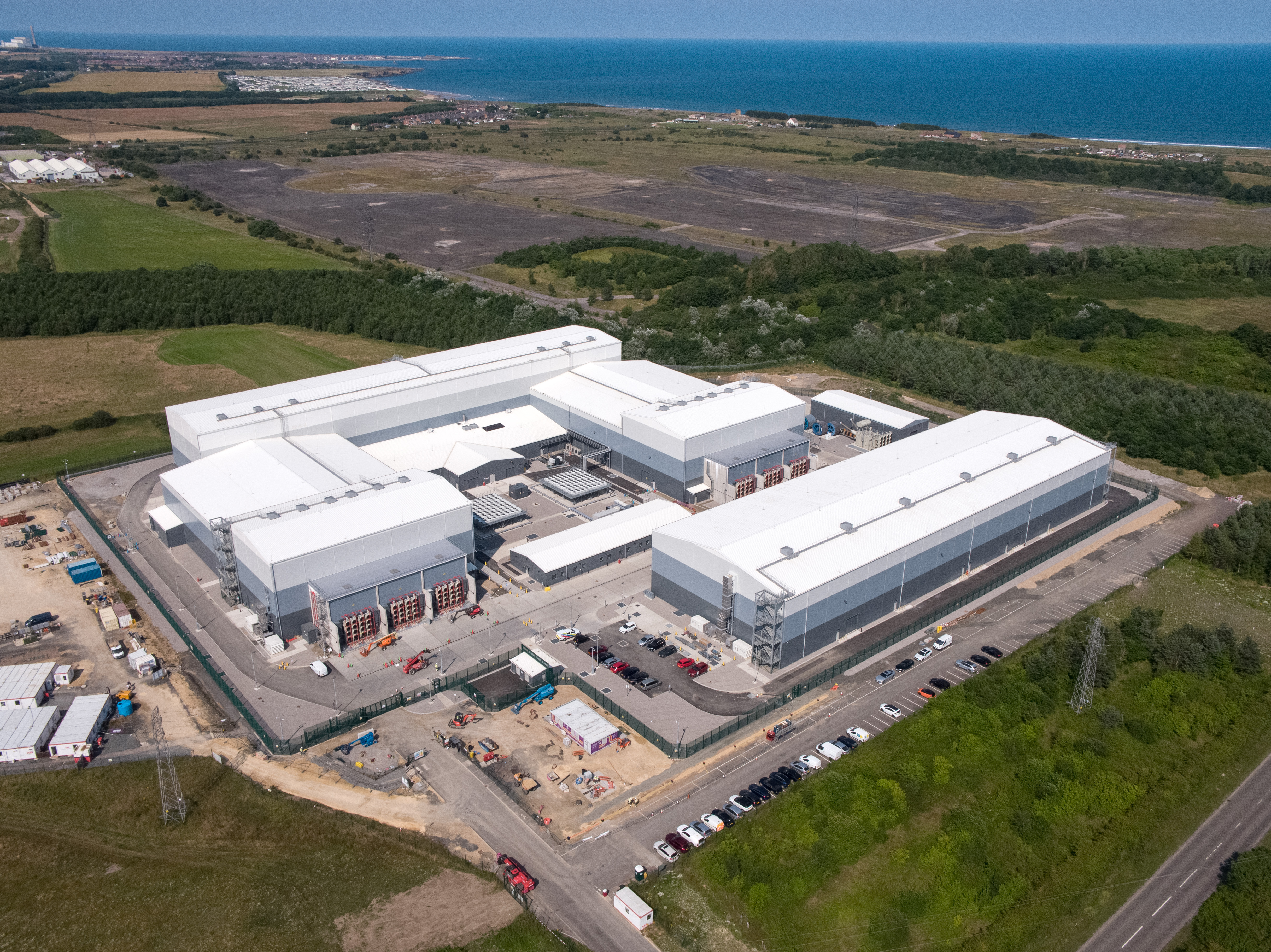
The engineers behind the North Sea Link Interconnector Project (NSL) received the award in 2022 2022 for delivering the longest subsea interconnector in the world. Delivered in partnership between the National Grid and Statnett, the high-voltage direct current subsea interconnector allows renewable energy to flow between Norway and the UK for the first time. NSL supports efficient energy trade and allows both countries to benefit from increased flexibility and energy security.
NSL enables the primary renewable energy sources of each country to offset the intermittency in power supply of the other. Norwegian power generation is primarily sourced from hydropower plants connected to large reservoirs, with the water levels in these reservoirs subject to weather conditions, leading to variable energy supply in different seasons and years.
2021: Mega Amp Spherical Tokamak Upgrade
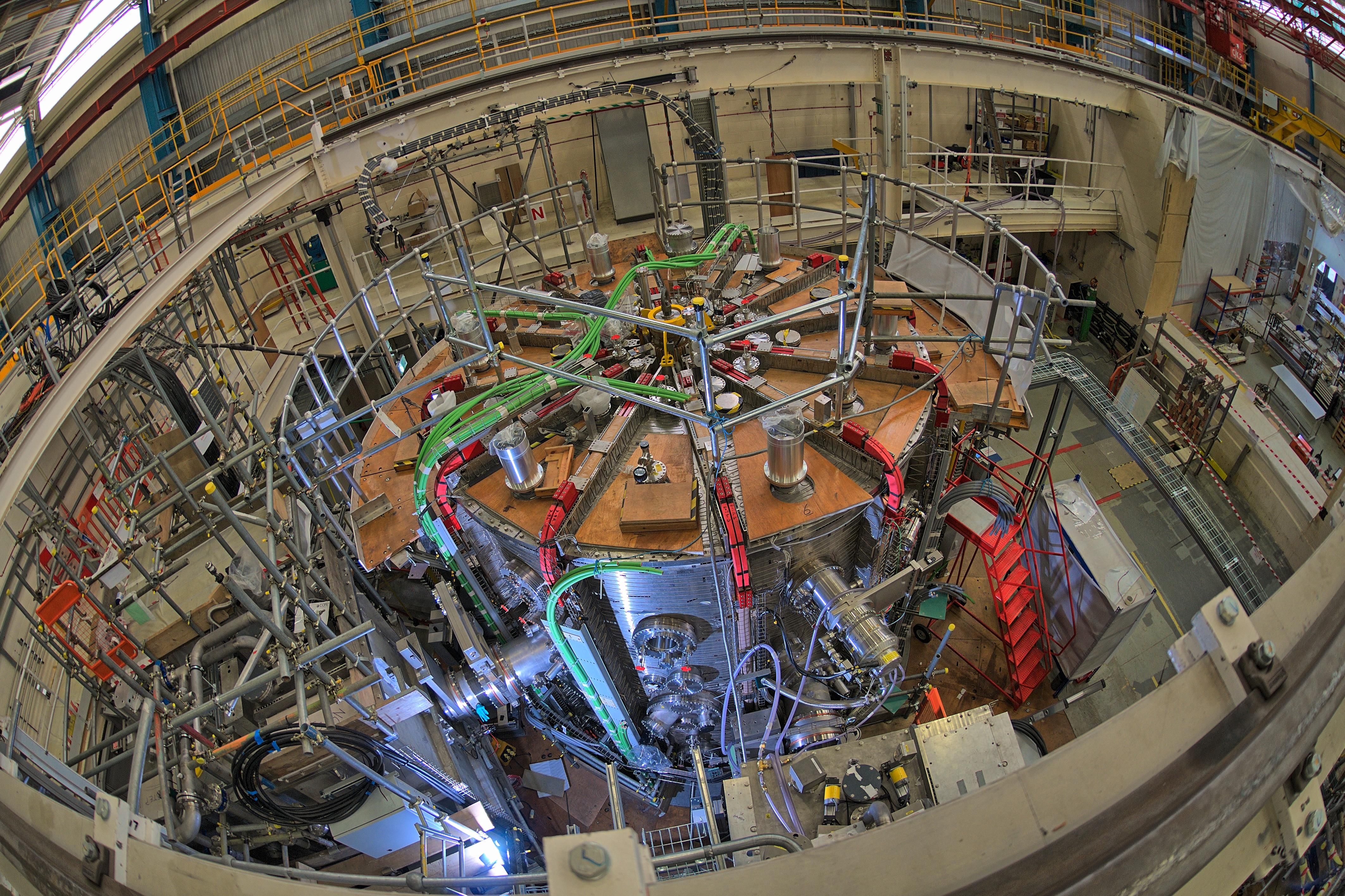
MAST-U's compact fusion design, the ‘spherical tokamak’, has the potential to provide a cheaper, more efficient means of providing fusion energy than is possible in larger devices. However, a big engineering challenge in getting the more compact machines on the electricity grid is how to sustain a fuel ten times hotter than the Sun in a smaller volume without damaging the machine itself. The team at Culham led the design and production of a complex and technically challenging exhaust system, called the Super-X divertor, on MAST Upgrade. This reduces the heat of the exhaust material by a factor of ten and channels it out of the machine at temperatures low enough for the machine’s components to withstand, improving the operational life and economic viability of a future fusion power plant.
